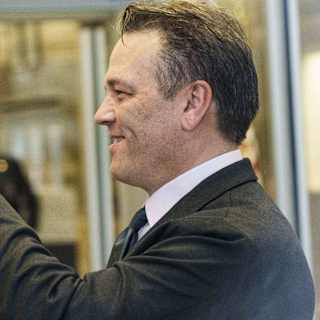- Latest Cuts Target Broad Workforce
- Pattern of Efficiency-Driven Reductions
- AI Investment Reshapes Operations
Microsoft eliminated approximately 9,000 jobs Wednesday morning, marking the technology company's largest workforce reduction since 2023 and its third major round of cuts this year. The layoffs affect roughly 4% of the company's global workforce across multiple divisions, geographies and seniority levels.
Employees received notification of their termination Wednesday as Microsoft begins its new fiscal year, following a pattern of organizational restructuring that has now eliminated more than 15,000 positions in 2025 alone. The cuts represent the latest effort by the Redmond-based company to streamline operations while investing heavily in artificial intelligence infrastructure.

The 9,000 job eliminations span different teams and tenure levels, according to GeekWire, extending beyond the sales and gaming divisions that were initially expected to bear the brunt of the reductions1. Microsoft, which employed about 228,000 people worldwide as of June 2024, declined to directly link the cuts to its AI investments1.
A company spokesperson described the moves as "organizational changes necessary to best position the company and teams for success in a dynamic marketplace"1. The timing coincides with the June 30 close of Microsoft's fiscal year, when the company traditionally announces restructuring initiatives1.
The layoffs follow 6,000 job cuts in May and additional reductions in June, bringing the total workforce reduction to more than 15,000 positions this year23. According to The Seattle Times, this represents the largest single round of layoffs since Microsoft eliminated 10,000 jobs in January 20232.
Microsoft Chief Financial Officer Amy Hood indicated the company's direction during an April 30 earnings call, stating Microsoft is "building high-performing teams and increasing our agility by reducing layers with fewer managers"1. The approach targets middle management positions while maintaining technical roles, particularly in engineering divisions2.
Software engineers comprised 22% of the 300 roles eliminated in Washington state in June 2025, according to recent regulatory filings3. The pattern reflects Microsoft's broader effort to adjust what Hood described as "span of control," increasing the ratio of engineers to managers from 5.5:1 to 10:1 in some divisions2.
The workforce reductions occur as Microsoft allocates approximately $80 billion toward AI infrastructure in fiscal year 202512. The company has increasingly automated coding tasks and now generates 30% of its internal code through artificial intelligence, according to CEO Satya Nadella3.
Microsoft has also shifted sales operations for small and mid-sized business accounts to third-party firms, affecting its sales and marketing organization of about 45,000 employees2. The restructuring reflects broader industry trends as technology companies balance AI investments with operational efficiency demands.
The cuts underscore the tension between Microsoft's AI ambitions and workforce stability, as the company navigates what executives describe as a "dynamic marketplace" while maintaining Wall Street expectations for cost control4.



